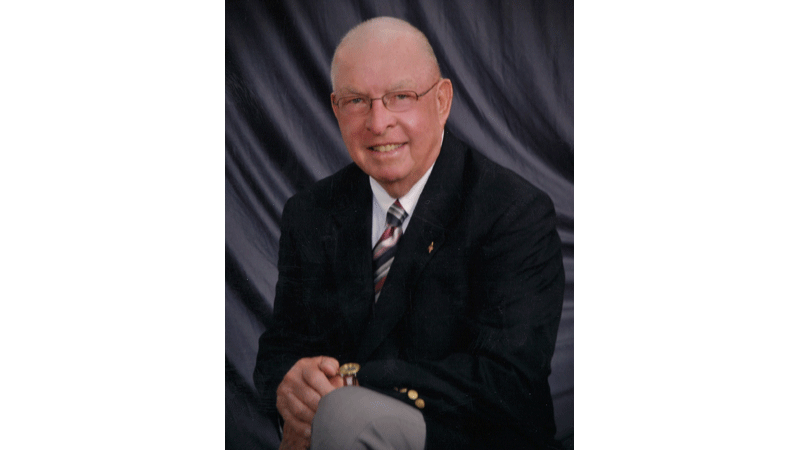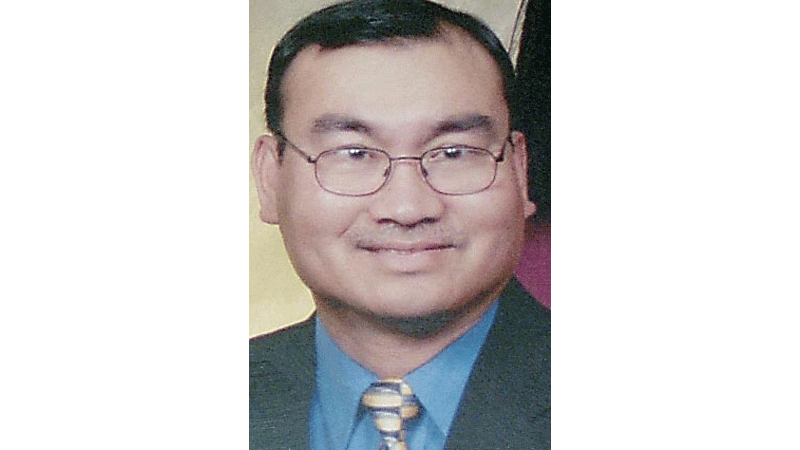Cuba revisit
Published 9:45 am Friday, July 5, 2013
by James D. Howell
The Cuban Missile Crisis is a part of our not distant past and our operational commanders deploy us to Guantanamo Bay for a month.
It’s a major undertaking, being a little further away than Key West, and for a little longer. It’ll be letters instead of phone calls to families. It was letters mostly from Key West, but that is on the mainland United States, and postal service is a little faster. We pack the boxes and spare parts, along with personnel records and requirements and, once again, head southeast.
This squadron deployment comes with a tragedy. Most of our flying is done at low altitude and one of our planes gets caught in a thunderstorm southeast of New Orleans and crashes, killing two pilots and two crewmen. I know the persons involved, but my familiarity is not long standing. The rest of my squadron mates have a long history with all the aircrewmen. An investigation team is dispatched and the digging process is begun. The determination as to cause is unknown, but most of us think it’s a case of disorientation in a thunderstorm. Most of us have experience with unintended storm or cloud penetration. Our training teaches us how to deal with the hazard; vertigo or disorientation can be deadly.
The flight down is routine, with a stopover at Homestead Air Force base, just a little south of Miami. Airborne troops and other fighting forces were deployed here at the height of tensions with Russia last year. Most have returned to their home base and maintain a state of readiness appropriate to the current situation. The next leg for us takes us to the Bahamas. From there we track along established radio airways to the east point of Cuba, then round the corner and land at McCalla Field. The runway sits atop a high cliff and a south or east wind makes arrivals a little tricky. The entire flight is familiar and enjoyable for me; that wonderful water has not changed colors since my last visit.
This time around, we are stationed at McCalla Field, one of two on the large naval complex at Guantanamo Bay. Our runways are shorter and older, suitable for our conventionally powered aircraft. The longer, newer concrete is across the harbor entrance at Leeward Point and is used by jet aircraft.
Our hangar space is assigned; advance personnel have established normalcy of some description. We find our way to temporary maintenance and personnel offices. This will be our home while we are here. It is an island paradise, with exceptions taken for the enemy at our gate. The peace is uneasy, but not to the extent of last year. The base continues to be one of the largest sources for hard currency for the Cuban government, and the personnel I meet seem a bit disheartened with the change in political direction after Castro’s rise to power.
One evening, a friend invites me along on a fence patrol. He’s a helicopter pilot that I’ve known since initial training. The fence patrol is a daily occurrence, flown just before dusk. I show up in flight gear and we takeoff to the easternmost fence line and fly its perimeter at a low altitude. The flight is not a surprise to anyone and we wave a greeting to most people that we see. They usually return the acknowledgement. Seems pretty friendly to me.
I am struck by the differences between the fence outposts. On the U.S. side is the well clothed, well armed Marine in a dugout, sandbagged bunker, with field radio. On the opposite side is the Cuban soldier (or soldiers) with a palm branch covered shelter, no defenses, and no visible signs of communication.
As we return to McCalla Field during the final segment of the patrol, we cross the harbor entrance and I notice large, long, strange shaped fish. “Yes.” says my host. “They’re hammerhead sharks.” I realize that this is the same water I swam in yesterday. I will swim in the harbor no more for the length of our stay.
JAMES D. “ARCHIE” HOWELL is a Southampton County native and 1955 graduate of Franklin High School. He can be reached at archiepix@kingwoodcable.com





